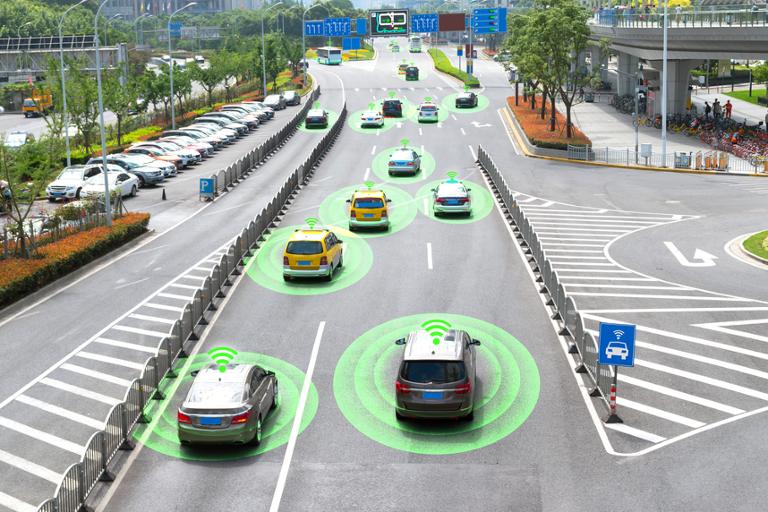If you’re interested in self-driving cars as a career (but aren’t quite sure where to begin), Waymo has an interesting “virtual challenge” that you should explore.
Waymo began life as an internal Google division before spinning off as its own company. It’s devoted to autonomous driving, and its proprietary technology is actually fairly advanced by the standards of this nascent sub-industry. For example, it already has self-driving vehicles operating as taxis in the Phoenix, Arizona area (with employees riding along as a backup, just in case an algorithm goes haywire).
Now, Waymo wants to open up its data to outside researchers. “Even as COVID-19 continues to develop, we are committed to fostering an environment of innovation and learning—one that can continue to grow and thrive in our temporarily virtual world,” the company wrote in a March 19 blog posting. “That is why today, we are launching the next phase of our program: expanding the Waymo Open Dataset by an additional 800 segments and inviting researchers to participate in Waymo’s Open Dataset Challenges.”
The challenges themselves are pretty interesting (and straightforward):
2D Detection
“Given a set of camera images, produce a set of 2D boxes for the objects in the scene.”
2D Tracking
“Given a temporal sequence of camera images, produce a set of 2D boxes and the correspondences between boxes across frames.”
3D Detection
“Given one or more lidar range images and the associated camera images, produce a set of 3D upright boxes for the objects in the scene.”
3D Tracking
“Given a temporal sequence of lidar and camera data, produce a set of 3D upright boxes and the correspondences between boxes across frames.”
Domain Adaptation
“Similar to the 3D Detection challenge, but we provide additional segments from rainy Kirkland, Washington, 100 of which have 3D box labels.”
The prizes are also pretty sizable: $15,000 for first place, $5,000 for second, and $2,000 for third. Of course, if Waymo uses the research from the contest to power its autonomous-driving efforts forward, and that technology eventually yields it billions of dollars in revenue and profit, it seems unlikely that any participants in this crowdsourced opportunity will see a dime of that windfall—but hey, you’re in this for the experience, fun, and the chance to earn far more than these crowdsourcing contests usually pay, right? Right?
In all seriousness, contests like these are a solid opportunity for those interested in a particular type of technology to experiment with what works. It’s similar to crowdsourced bug-hunting, when companies offer cash in exchange for any vulnerabilities (especially mission-critical ones) that the collective can find. Those bug bounties are great for those technologists who want to work on their cybersecurity skill-set; there’s no reason why someone interested in autonomous driving can’t do the same with Waymo’s new offering.
Autonomous driving still has quite a long way to go in order to fulfill its early promise. Perhaps it’s a case of excessive optimism by many of those in the tech industry. For example, Tesla CEO Elon Musk predicted in 2015 that Tesla vehicles would have full autonomy by 2017. Last year, court documents emerged that suggested Uber thought it would have tens of thousands of robot-powered taxis on the road by now. Such futures have obviously failed to happen, but companies are still pouring millions of dollars into their self-driving efforts—and they’ll need technologists who understand the underlying technologies, including computer vision and machine learning.


